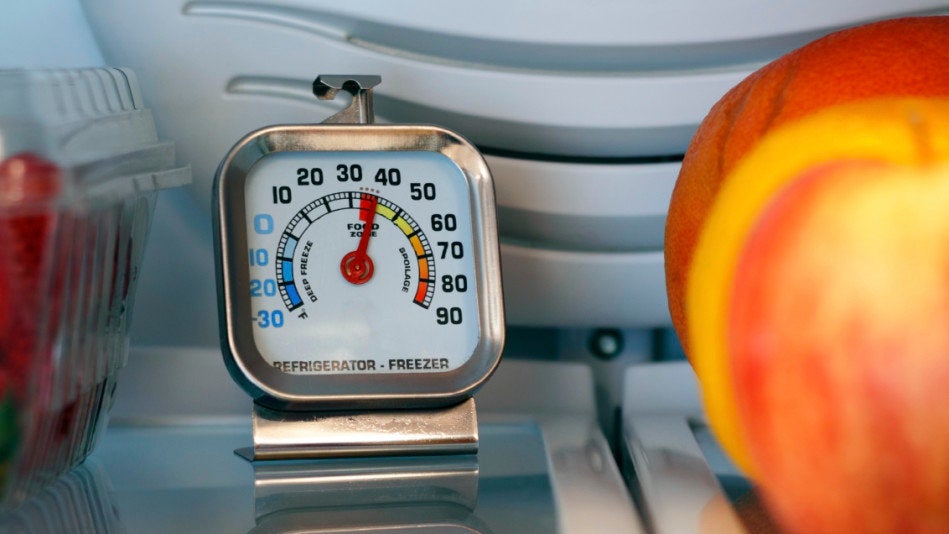
WASHINGTON ― Stores that accept food stamps will have to sell a wider variety of perishable foods under a new U.S. Department of Agriculture rule designed to urge recipients toward healthier choices.
The new rule, which scaled back a stricter proposal that members of Congress said could jeopardize poor people’s ability to use their benefits, is considered a victory for mom-and-pop retailers and corner stores that accept Supplemental Nutrition Assistance Program payments.
The changes announced last week require more than 250,000 SNAP-authorized stores to carry at least 84 staple foods, including a variety of fruits, vegetables and whole grains. Congress called for the stricter standards in 2014 when it last reauthorized SNAP, which provides monthly benefits to 43 million Americans and is one of the federal government’s most important antipoverty programs.
“This final rule balances the need to improve the healthy staple foods available for purchase at participating stores, while maintaining food access for SNAP recipients in underserved rural and urban areas,” Agriculture Secretary Tom Vilsack said in a statement. “I am confident that this rule will ensure the retailers that participate in SNAP offer a variety of healthy foods for purchase and that SNAP recipients will continue to have access to the stores they need to be able to purchase food.”
The Obama administration has championed healthier federal nutritional standards, particularly in the National School Lunch Program. The new rule is designed to improve the eating habits of people who receive SNAP benefits, which can be used to purchase any food item in a participating store, except alcohol or something heated on-site for immediate consumption.
The USDA considered feedback from 1,200 parties before announcing the rule on Thursday. A bipartisan group of lawmakers and anti-hunger advocates criticized a February draft as overly burdensome on smaller stores.
Rep. Mike Conaway (R-Texas), chairman of the House Committee on Agriculture, which oversees SNAP, commended the changes.
“It appears that USDA responded to concerns with the proposed rule,” Conaway said in a statement last week. “Improving access to healthy food is an important goal, but those improvements should not unduly burden certain types of retailers.”
The new rule also aims to close a loophole in the SNAP program. Food stamp recipients are supposed to purchase food in stores, then prepare and consume it at home. But some stores work around the ban on hot meals by selling cold pizza, for instance, and allowing customers to heat it at the store.
The earlier version of the rule would have required that 85 percent of a store’s food sales be from items that are not cooked or prepared at the location. Opposition pushed the USDA to trim the requirement to 50 percent of gross food sales.
Stewart Fried, a Washington food and agriculture lawyer who represents a number of large SNAP retailers, told The Huffington Post he remains concerned the rule will hurt convenience stores and small retailers.
If a convenience store, for example, stocks the required variety of dairy, produce, breads and meats, but also manages an in-store deli that sells a lot of sandwiches and prepared foods, that store could potentially lose its SNAP authorization if the foods are heated at the location, Fried argued.
Corner stores or general stores that serve entire communities could be forced to stop accepting SNAP benefits, Fried said. That would disproportionately affect rural or impoverished areas without a full supermarket, he said, thereby hurting small businesses, their employees and the people SNAP was created to help.
CORRECTION: An earlier version wrongly said the rule requires participating stores to sell fresh produce and whole grains. The rule requires stores to sell a set number of perishable foods, which can include both fresh and frozen items.

